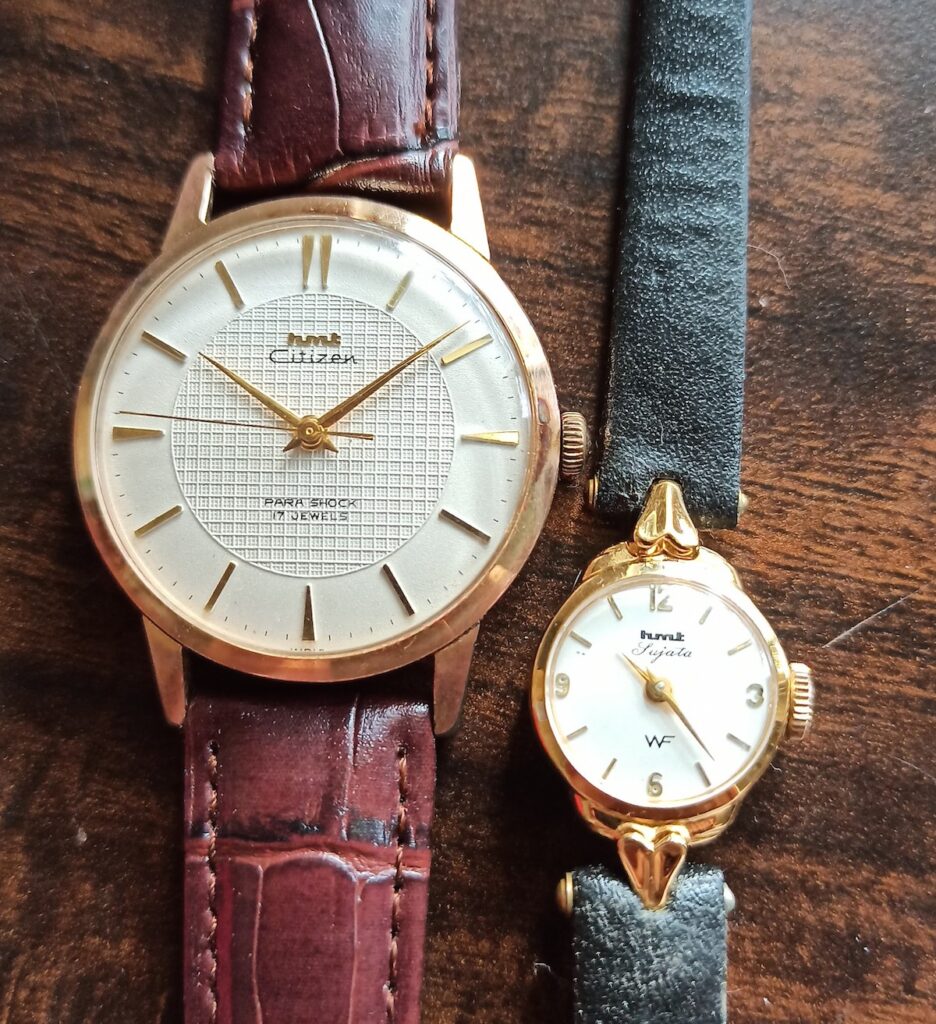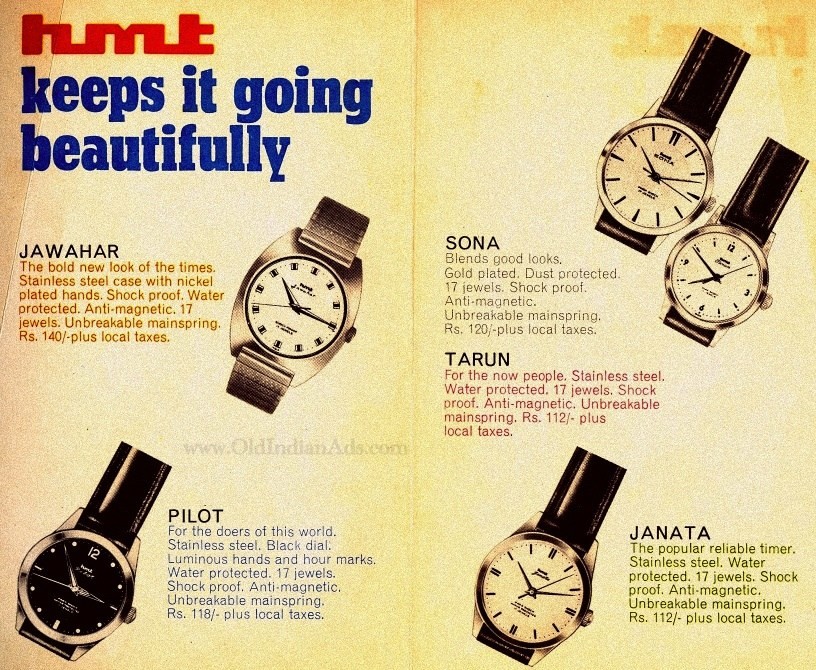Forgotten Brands – HMT Watches

HMT watches were very popular. Every household would possess at least one. But due to misjudgment and mismanagement the brand failed
Those of us who were born before 1980 wore HMTs. Everyone had a family member, who wore it and eventually handed it down. With so many options, it’s no surprise that the firm sold 10 million watches.
The Government of India’s Ministry of Heavy Industries owned and operated HMT Limited, previously known as Hindustan Machine Tools Limited. It started out making machine tools, but since its founding in 1953, the firm expanded into other industries such as watches, tractors, printing equipment, metal forming presses, die casting equipment, plastics processing machines, computer numerical control (CNC) systems, and bearings. Bangalore is home to HMT’s corporate headquarters.
In 1961, HMT and Citizen Watches collaborated and opened a factory to produce watches in Bangalore. HMT dominated the Indian wristwatch market in the 1970s and 1980s, especially with its Janata and Pilot models.
500 ‘HMT Citizen’ wristwatches for men and 300 ‘HMT Sujata’ wristwatches for women were produced in the initial batch, each featuring 17 jewels based on 020 movements to meet HMT specifications. Pandit Nehru presented the first batch to the public that same year. HMT then saw a need to grow to meet the rising demand for its reasonably priced, readily accessible, and easily repairable timepieces.
The HMT Janata was the best-selling mechanical watch on the market. HMT also produced the Pilot, Jhalak, Sona, and Braille mechanical watch models.

The timepieces had a power reserve of around 36 hours and were mechanical, wound by hand. Dial size of 30-35 millimetres; case thickness, no more than 6 millimetres. Since there was no cell or battery, the watch ran as long as it was wound. People used to spend their daily 20 seconds manually winding it before heading off to work.
An HMT watch could be purchased for roughly Rs 400, and even the most expensive ones, gold-plated, were still well within the financial grasp of many. There used to be a massive queue of customers whenever a new model was introduced. The most sought-after “Dowry watch” was the HMT Kanchan, and obtaining one required a place on a waiting list and letters of reference from politicians and IAS officials.

In 1972, HMT doubled down on its watch production by establishing a facility next to its existing Bangalore Factory. The main spring, hairspring, and shock absorber components were added to the Bangalore watch factory’s lineup of products in 1975. HMT expanded its watch component production in 1978 by opening a factory in Tumkur, and in 1985 it did the same in Ranikhet. To expand its watch offerings, it renovated a portion of its plant in Tumkur to produce analogue quartz watches. In 1983, a factory in Bangalore dedicated to producing watch cases was established to meet the demands of this emerging industry.
The company has also produced solar clocks, international clocks, and tower clocks. A wholly owned subsidiary of HMT Limited, HMT Watches Limited was formed out of the HMT Watch Business group in 2000.

Madhav Rao Scindia, a politician from Gwalior, reportedly possessed hundreds of Pilot watches and would coordinate the colours of his HMT Pilot with his wardrobe. In India, collectors want to amass a complete “Scindia pilot collection,” a term of endearment.
HMT made the switch to the quartz movement in 1981, when the watch industry worldwide was entering a new era. A mistake was made there. The Indian people still preferred their reliable and affordable HMT mechanical watches over the more modern quartz models. The market opened up for rivals just as the corporation chose to abandon its tried-and-true mechanical-only approach. Midway through the 1980s, barriers to import were broken down, the price of quartz watches dropped, and Titan became a household name.

The quartz craze didn’t hit HMT until 1991. The company waited too long to release its line of cheap quartz timepieces. Titan’s fashionable selection of affordable timepieces almost did in HMT. While HMT lost Rs 90 crore in 1994, Titan made a profit of Rs 20 crore.
HMT was as slow as the rest of the public-sector companies. The previous two decades went by at a snail’s pace. And it was the last straw; the company lost around Rs 242 crore in 2013.
In addition, HMT watches lost their lustre and began losing money because of inept management. Finally, in 2016, the Indian government ordered the shuttering of the plants.
Collectors’ enthusiasm for these timepieces has grown since the factory’s shutdown. Many online communities and social media sites are dedicated to discussing HMT watches and the allure of having an Indian timepiece, evoking a simpler time when there was no television or telephone and watches were considered a kind of jewellery.
Reference
http://hmtwatches.blogspot.com/2014/
https://www.theweek.in/webworld/features/luxury/hmt-watches.html
https://en.wikipedia.org/wiki/HMT_Limited


